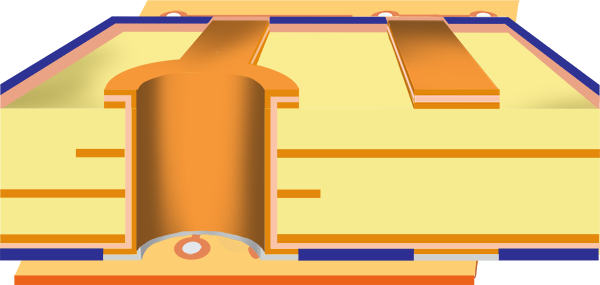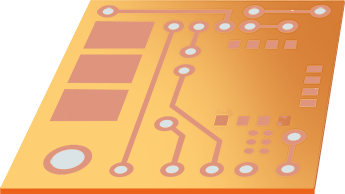This is simply a three step process.
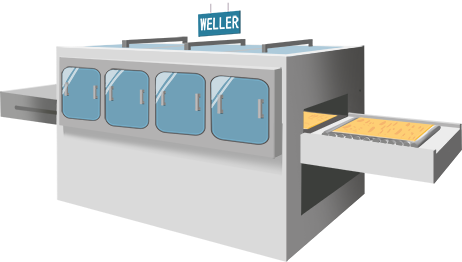
The first step is to remove the blue dry film to expose the unwanted copper.

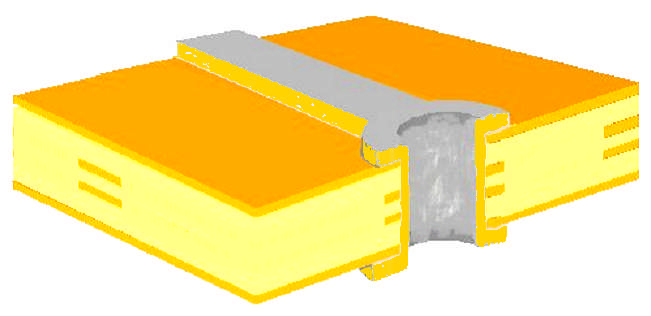
The second step is to etch away the exposed/unwanted copper but now the tin deposit acts an etch resist protecting the wanted copper.

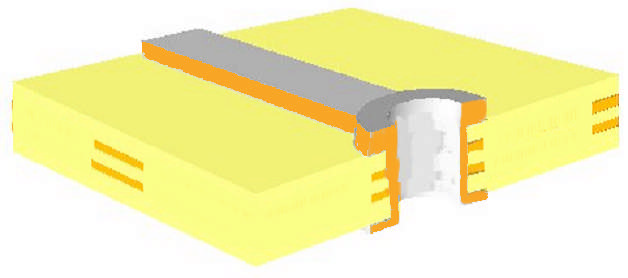
The third and final step is to chemically remove the tin deposit leaving the pads and traces on the panel surface.

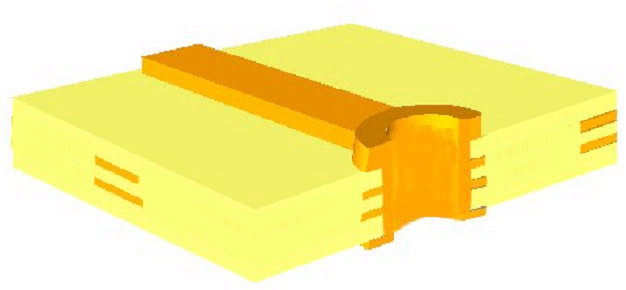
Then the tin is chemically removed leaving behind a bare copper and laminate panel. The surface pads, traces and plated through holes are the exposed copper. This is the last step in strip-etch-strip.

